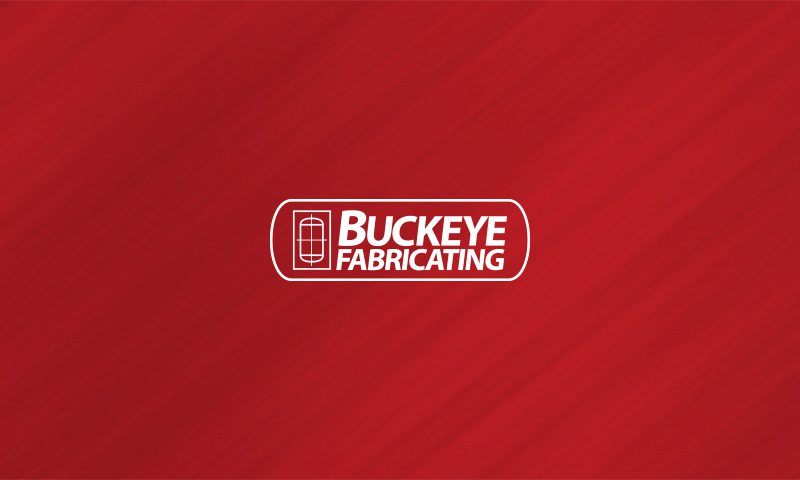Fabrication and delivery of pressure vessels represent a significant investment of time and money to both the fabricator and the end user. Therefore, it is essential that all attempts are made to reduce or eliminate potential areas where mistakes can be made.
The three primary mistakes typically lies in these areas: Design and Specification, Material Selection and Fabrication and Delivery. However only one, Design and Specification, can generate mistakes in all three areas. Therefore, the focus is preventing mistakes in Design and Specification with the three major mistakes to avoid being, improper design numerics, failure to note critical temperatures and pressures and failure to include a corrosion allowance.
Design Numerics
It is common among process engineers to provide design specifications with primarily inner diameter specifications. However, the best practice is to include both OD and ID numerics when producing the design. While ID specifications are fine for internal systems of the pressure vessel, many times heads and other external features are available off the shelf and these are measured in OD. By providing the OD specifications, as well as the ID, potential cost savings can be procured by the use of off the shelf applications. Additionally, by having both the OD and ID numerics, it is easier for the fabricator to provide the optimal results during fabrication as the specifications are made clear.
Critical Temperatures
Material thickness is determined by pressure and sensitivity to said pressure. However, temperatures during load and off load conditions have an effect as well. Temperature can amplify the effects of corrosion, require excessive flange installation, as well as a host of other negative conditions that will have an adverse effect on the material and thus the operation of equipment.
Corrosion Allowance
Each material experiences corrosion in a different manner. For example, carbon steel has a more uniform corrosion effect than stainless steel, which suffers from localized corrosion. Therefore, all designs should include a corrosion allowance beyond any included for environmental effects. Failure to include a corrosion allowance creates the opportunity for improper material selection which can degrade the end result significantly.
Proper fabrication of a tank or pressure vessel starts with the design element. Eliminating and reducing more potential mistake points in the original design prevents failures further in the process. When developing the design, it is critical for those without in-house engineering facilities to work closely with a fabricator to gain optimal results.



 ASME Informational
ASME Informational Tank Materials
Tank Materials